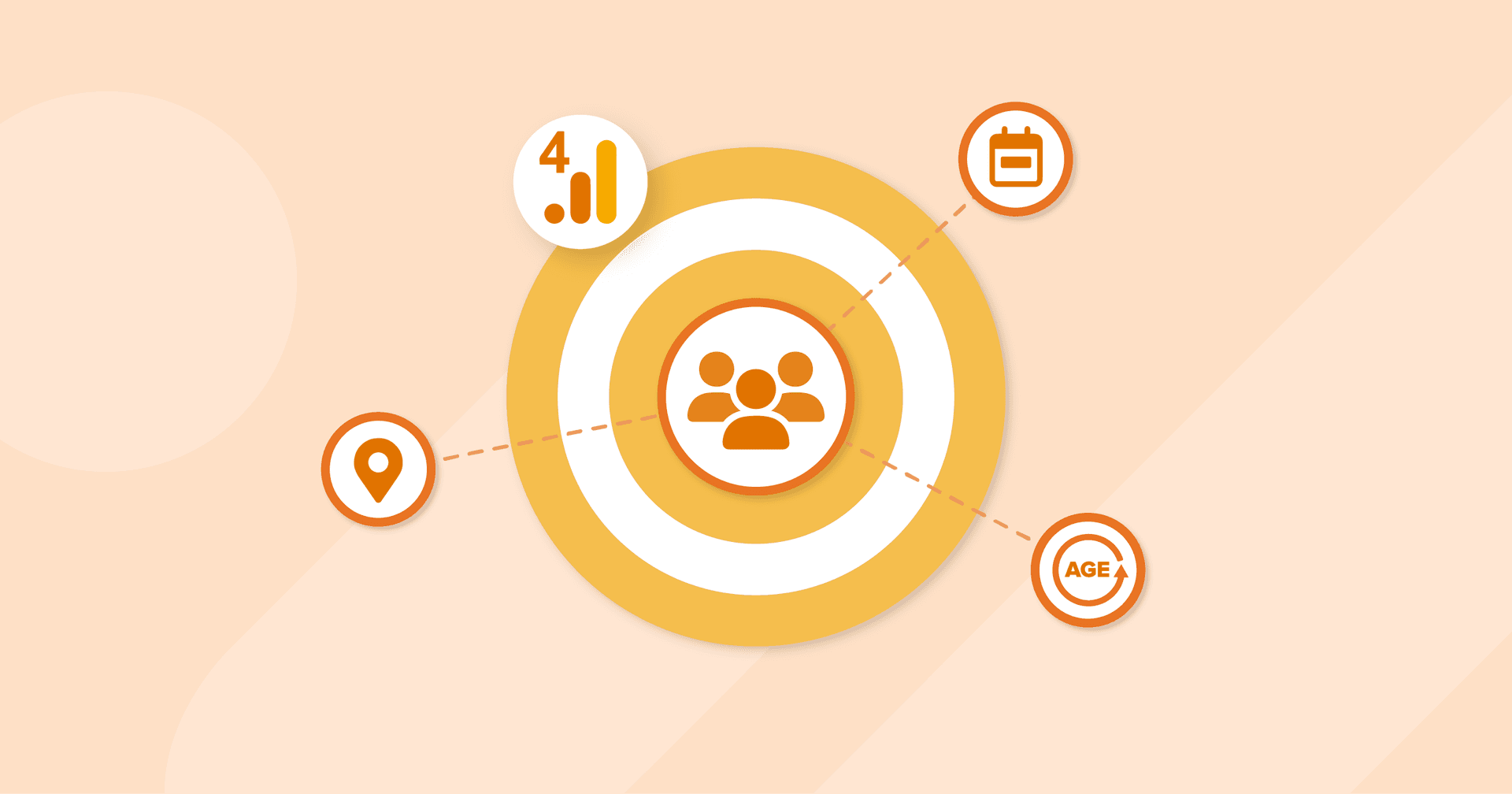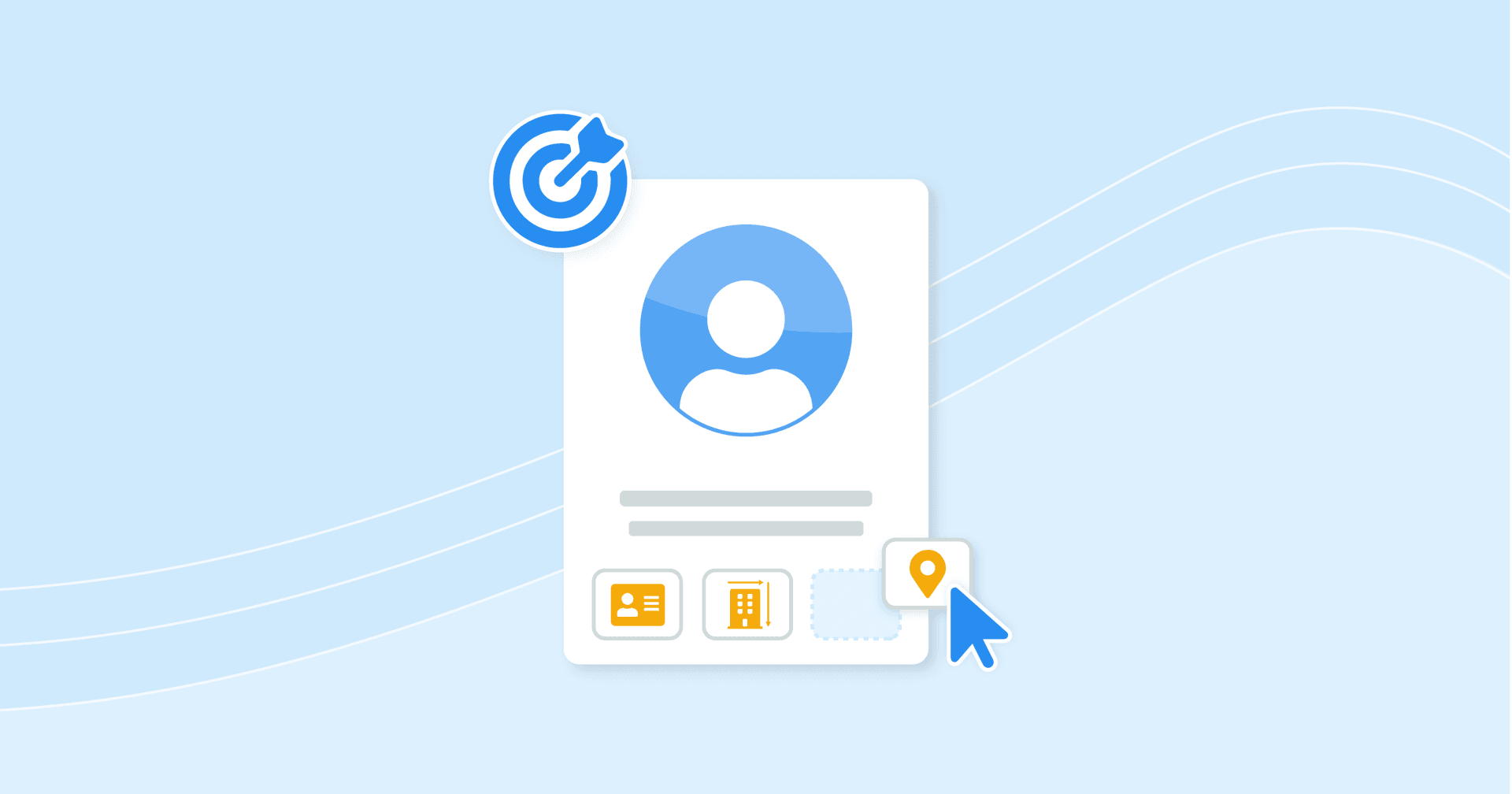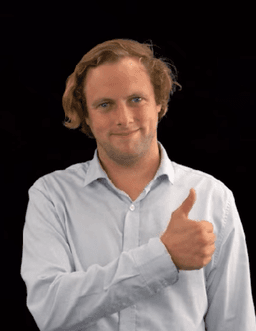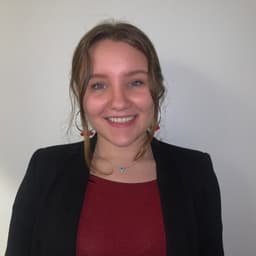Demographics
Identify Targets
Determine the desired audience segment for a campaign based on factors like age, gender, and income.
Content Customization
Adjust messaging to resonate with different demographic groups, and enhance engagement and relevance.
Channel Selection
Choose appropriate marketing channels based on the preferred platforms of different demographic segments.
Demonstrate ROI
Highlight demographics in client reports to show precise targeting and value.
Why Demographics Are Important
Tracking demographics for a marketing campaign offers a clear view of the audience. Knowing who is engaging with content allows for more effective and tailored marketing strategies.
Demographics provide insights into the audience's age, gender, location, and more. Understanding demographic metrics informs marketers where to allocate resources to ensure the ad is talking to the right people. This data also helps marketing campaigns hit the mark more often, maximizing the overall return on investment.
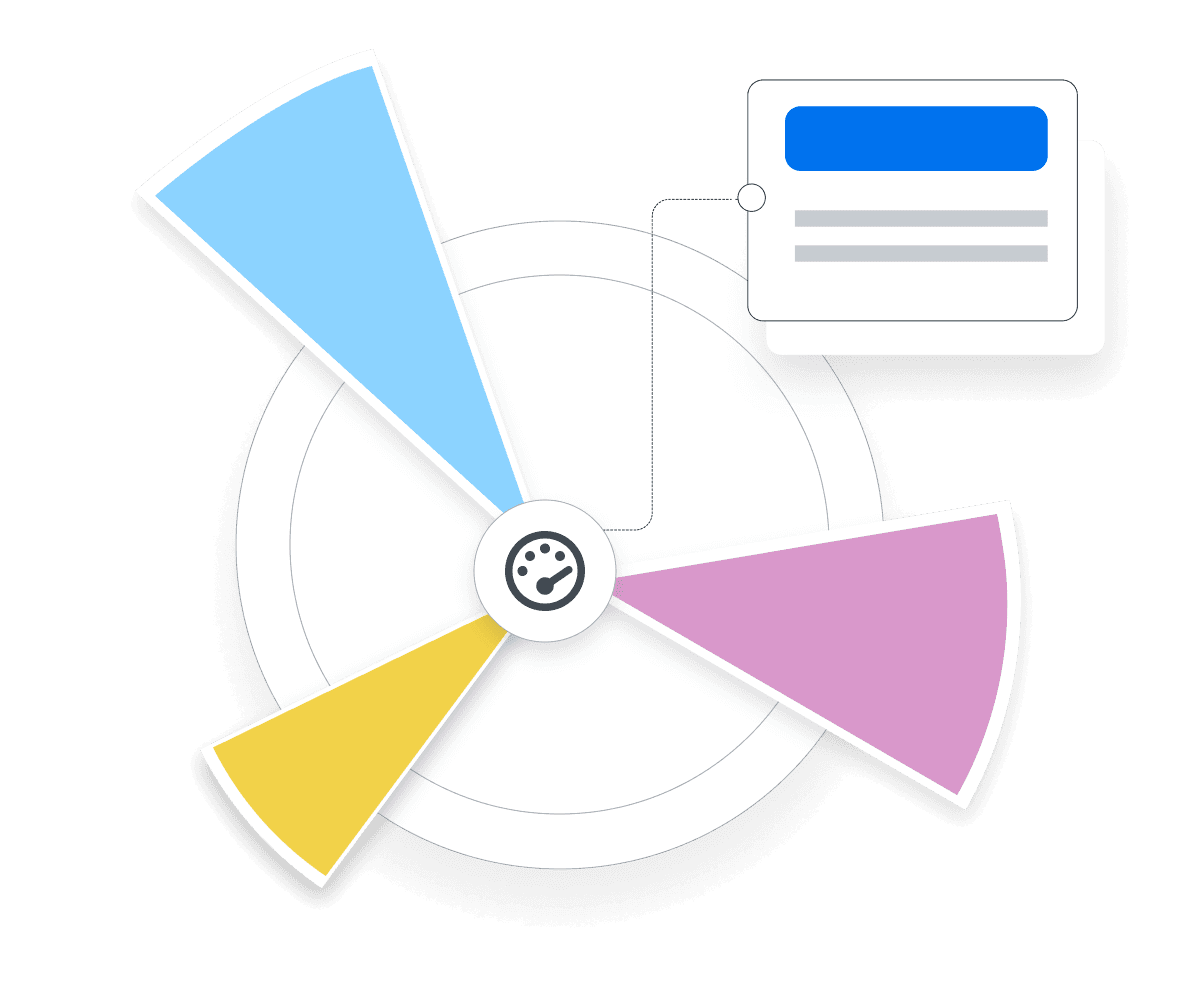
Stop Wasting Time on Manual Reports... Get Insights Faster With AgencyAnalytics
How Demographics Relate To Other KPIs
Demographics play a significant role in the larger KPI picture. For example, engagement rates often vary across different demographic segments. A campaign that resonates well with one age group may not perform as effectively with another, highlighting the need to align demographic insights with engagement metrics.
Similarly, Conversion Rates and Customer Lifetime Value are deeply influenced by demographic factors. Understanding which demographic segments are more likely to convert or generate higher value over time steers marketers toward more profitable targeting strategies.
Demographics enhance the understanding of website traffic sources, revealing which channels are preferred by different audience segments. The connection of Demographics with other KPIs is needed to gain a bird’s eye view of campaign performance, helping inform strategic decision-making.
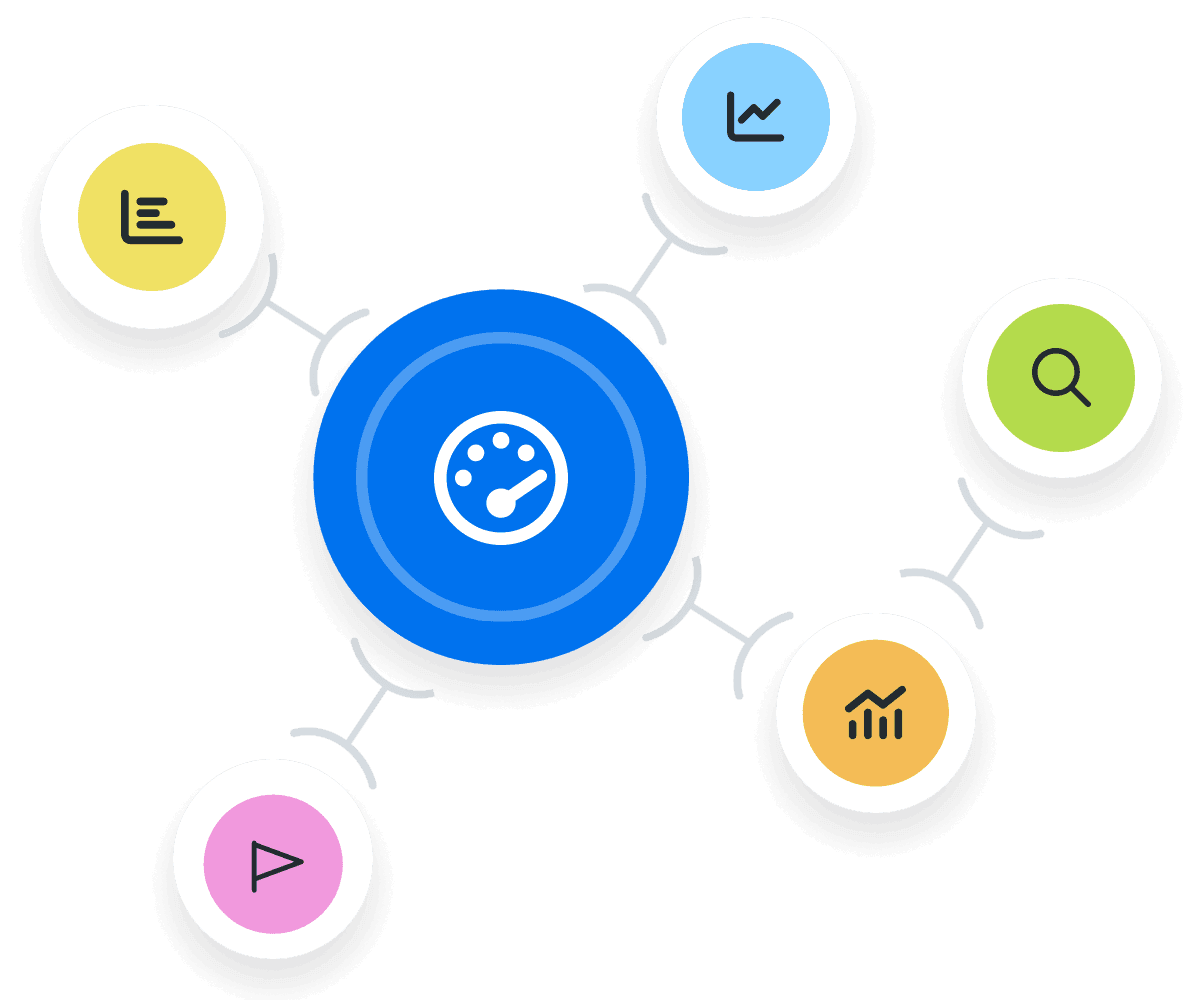
Demographic Trends and Data in Marketing
Demographic segmentation creates personalized and targeted marketing strategies that resonate more deeply with the intended audiences. Common demographic segments include age, gender, income level, education, and geographic location.
For example, a campaign targeting young adults might focus on digital platforms with messaging aligned with the latest interests and trends. Similarly, products intended for higher average-income groups are often marketed with luxury and exclusivity as key themes.
Utilizing demographic segmentation, marketers craft messages that speak directly to a defined audience, improving engagement and conversion rates.
How To Measure Demographics
To measure Demographics, marketers collect and analyze data based on the characteristics of an audience. Key tools for this process include website analytics, social media insights, and customer surveys. These tools provide valuable information on age, gender, income level, education, and geographic location. By gathering and reviewing this data, marketers gain a detailed understanding of the audience's demographic profile.
Good Demographic Alignment
Good Demographic alignment in marketing occurs when the target audience closely aligns with the campaign or product.
This means a high correlation between the demographic characteristics of the audience (like age, gender, and income) and those of the intended customer profile.
Achieving an ideal demographic match means more effective targeting and relevancy of marketing efforts.
Bad Demographic Alignment
Bad Demographic alignment is characterized by a significant mismatch between the campaign's audience and the intended customer profile.
This often manifests as low engagement or conversion rates from key demographic segments. A lack of alignment suggests inefficiencies in targeting and messaging, leading to poor campaign performance and wasted resources.
How To Set Demographics Targets
The simplest method for agencies to identify a target demographic is by speaking directly with the client and understanding the product being marketed. This process should also involve analyzing past campaign data to identify demographic segments that have historically performed well.
Agencies then work to establish target Demographics that are likely to achieve specific revenue goals. This strategy involves a detailed examination of past demographic responses, including Conversion Rates and Customer Lifetime Value, segmented by different demographic groups.
Granular Insights on Demographic Performance
To gain deeper insights into demographic performance, agencies analyze metrics beyond basic demographic data. This includes exploring factors like interests, lifestyle, and behavior patterns that complement basic demographic information.
Agencies also monitor how demographic segments interact with marketing channels, analyzing channel-specific engagement and conversion patterns. A thorough demographic analysis involves examining the customer journey across different segments and identifying each group's key touchpoints and decision-making factors.
Why Demographics Matter to Clients
From a client's perspective, Demographics matter because they directly influence how effective their marketing efforts are in reaching the intended audience. Clients are interested in how well their products or services resonate with specific demographic groups. For example, a brand targeting young adults would prioritize understanding the preferences and behaviors of this age group. Demographics also help inform product development and positioning.
By understanding the demographic profile of their customers, clients tailor their offerings to better meet the needs and preferences of these groups. Plus, demographic data helps clients measure the success of their marketing strategies, guiding their future business decisions and long-term investments.

Why Demographics Matter to Agencies
For marketing agencies, Demographics are a significant component of strategic planning and campaign execution. They provide agencies with the insights needed to craft targeted marketing strategies. By understanding the demographic breakdown of an audience, agencies create more personalized and relevant content, leading to higher engagement and conversion rates.
Demographics also enable agencies to efficiently allocate advertising budgets, focusing resources on the most lucrative market segments. This data helps demonstrate the value of their work to clients, showing how campaigns effectively reach and engage the right audience.

Save Time and Money by Automating Your Client Reporting
Best Practices When Analyzing and Reporting on Demographics
By understanding the nuances of demographic data, marketers create highly targeted strategies that resonate with specific audience segments, leading to increased engagement and better ROI.
Ensure Data Accuracy
Accurate data enables precise targeting and avoids wasting time and money. Regularly update and verify demographic data sources to maintain relevance and keep marketing strategies effective.
Compare Demographics Across Platforms
For example, a younger audience on platforms like Instagram and TikTok looks for different content than an older audience on LinkedIn who is looking for professional advice.
Measure Demographics by Campaign
Is one campaign doing better in certain geographic areas or audience age groups than another? Look at the data to understand if a local SEO approach is needed, or if copy adjustments should be made.
Put Demographics in Context
Consider factors like market trends and consumer behavior to grasp the significance of demographic data fully. Highlighting gender-specific metrics, for example, gives clients opportunities to enhance service offerings or products.
Align Demographics With Client Objectives
Alignment with client objectives allows for more precise targeting, ensuring that marketing efforts are focused on the segments of the population most likely to convert into customers.
Recommendations Based on Demographics
For example, if an ad shows a higher Click-through Rate with women aged 25-35, reallocating more of an ad budget towards platforms and specific times when this demographic is most active helps boost ROI.
Facebook Ads Dashboard Example

Related Integrations
How To Improve Demographics
Improving demographics helps create more targeted and effective marketing strategies. These actionable tips provide guidance on refining demographic data to better understand and engage the audience.
Utilize Segmentation
Segment the audience based on demographic data to tailor marketing messages. This approach creates more relevant and engaging content that resonates with specific groups, leading to higher engagement and conversion rates.
Leverage Technology
Use advanced analytics tools and AI to gain deeper insights into demographic data. These technologies identify patterns and trends that might not be visible through manual analysis methods.
Continual Adjustment
Regularly update and adjust demographic targeting strategies based on the latest data and trends. Staying agile and responsive to changes in demographic preferences ensures that marketing efforts remain relevant and effective.
Related Blog Posts
See how 7,000+ marketing agencies help clients win
Free 14-day trial. No credit card required.




